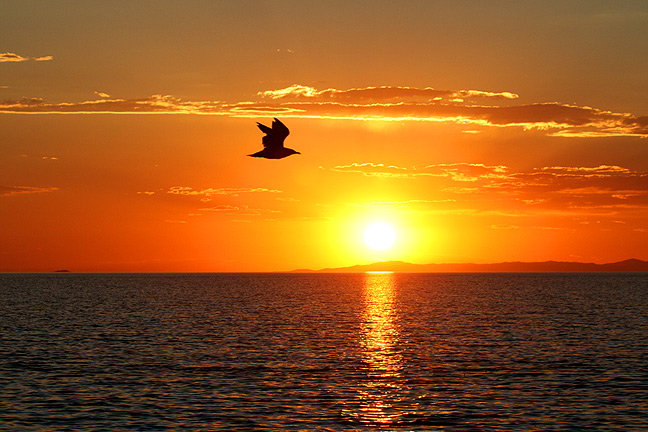When I visited Costa Rica in 2011 I had learned very few of the bird songs and calls of the 800+ species found there. Nothing was more frustrating than standing in thick forest and hearing squeaks and whistles of birds I couldn't see. For the first time in a long time I was hearing noises I couldn't identify. I was able to records a handful of songs that I later ID'd using
Xeno Canto to compare to songs in their database, but for each bird I figured out there were probably 5 that I never did.
Xeno Canto is a collection of bird songs from around the world, stored in an online database accessible to everyone. It operates under the
creative commons non-commercial 2.5 generic attribution, allowing for free sharing, copying, distributing, and transmitting for non-commercial purposes. For finding, listening to, and learning bird songs this is the one stop shop that is the golden standard .
Before Costa Rica I had listened to numerous songs on the site, but for some reason it never dawned on me to make a playlist from the library to take with me. The songs and calls at
Xeno Canto can be downloaded, set into playlists, and loaded on your iPod like any other music. I had created numerous playlists over the years from my Peterson CDs--often creating habitat specific playlists for learning birds quickly and easily. Today I look back to Costa Rica and think how nice it would have been to have had my iPod readily available to listen or even playback when I wasn't sure. For Peru there was no question that I would need to build playlists. I had read on more than one blog that in the Amazon you will see about 1/3 the number of birds you can hear. So being able to identify some birds by song, or bring some birds in by tape would be a necessary evil.
I started downloading songs and calls nearly 4 months ago, and only wrapped things up this past weekend. In all I downloaded some 800 species worth of "bird music". This was surprisingly less than a gigabyte of space on my iPod, and separated out into playlists by family groups, or groupings of closely related families. I tried to find the best recording for many species, sticking with songs for certain species, while only downloading calls of other birds. I prefer calls because they can be used year round and make sense--where songs are used specifically for breeding birds. Where there was no option--or few options, I just went with what was available. For some species only 2 or 3 recordings were available--and often those were not great.
Wading through the1000's of available recordings the majority were in fact of poor quality--but none-the-less I found certain recordists whose quality and quantity of recordings made me go back to them time and time again.
Andrew Spencer from our neighboring Colorado had perhaps the best recordings for Peru and other South American countries--I would guess that no less than 1/2 of the songs downloaded were recorded by him (I believe he is one of the top contributors to the site as well). Jeremy Minns, Tayler Brooks, and a few others also had great recordings that I relied on when available.
In the end there was no real learning of songs or calls--it is just to much for me to take in. Listening to the songs of 30 different woodcreepers who really all sound very similar, or Tit-Spinetails that seemingly differ by just a note here and there are almost frustrating. The calls of dozens of tanager and finches that are just seeps and clicks make me wonder if the tapes will be helpful in the end. I have a feeling I will resort to them nto necessarily to try an ID something I hear--but to try and call in something I know is in a certain area.
Here in the states
Xeno Canto is a great tool for learning birds in areas you plan on traveling to, or for building custom playlists for those areas. It's a hassle to flip through 800 songs when you may only need 10 or so for a specific region--building that custom list could take less than 30 minutes, and while you are building it, you can be learning the songs and calls by listening to them on the site. I know that in the future
Xeno Canto is going to be my go to resource for building playlists--I guess Peru will be a a test run to see how it works out!
Labels: calls, Peru, songs, technology, xeno-canto


